Author: Paul Amico
Hops are known to produce a plethora of differing characteristics, but it’s no secret the most lauded these days are those that impart the pungent fruitiness found in modern IPA. In order to keep things balanced, brewers of highly hopped styles generally rely on blending various varieties, creating unique and curiously complex beers. A relatively new variety developed by Oregon’s Indie Hops, Strata purportedly offers brewers a single variety that layers the sought after passion fruit and citrus of other modern hops with notable dank elements that has impressed many brewers right out of the gate.
Alpha: 11 – 12.5%
Beta: 5 – 6%
Cohumulone: 21% of alpha acids
Total Oil: 2.3 – 3.5 mL/100g
Myrcene: 52 – 65%
Humulene: 22 – 30%
Caryophyllene: 5 – 12.5%
Farnesene: <1%
Linalool: not available
ß-Pinene: not available
Geraniol: not available
Parentage: open pollinated Perle
With my love of both fruity IPA and, ahem, danky things, I was excited to brew a single-hop beer with Strata and serve it to blind tasters for evaluation!
| MAKING THE BEER |
I went with the standard Hop Chronicles Pale Ale grist for this batch, making small adjustments to the earlier hop additions to keep the bitterness in check.
Strata Pale Ale
Recipe Details
| Batch Size | Boil Time | IBU | SRM | Est. OG | Est. FG | ABV |
|---|---|---|---|---|---|---|
| 5.5 gal | 60 min | 41.1 IBUs | 5.9 SRM | 1.053 | 1.012 | 5.4 % |
| Actuals | 1.053 | 1.006 | 6.2 % | |||
Fermentables
| Name | Amount | % |
|---|---|---|
| Lamonta (Mecca Grade) | 10 lbs | 83.33 |
| Vanora (Mecca Grade) | 2 lbs | 16.67 |
Hops
| Name | Amount | Time | Use | Form | Alpha % |
|---|---|---|---|---|---|
| Strata | 10 g | 45 min | Boil | Pellet | 12.6 |
| Strata | 10 g | 30 min | Boil | Pellet | 12.6 |
| Strata | 14 g | 15 min | Boil | Pellet | 12.6 |
| Strata | 55 g | 2 min | Boil | Pellet | 12.6 |
| Strata | 114 g | 3 days | Dry Hop | Pellet | 12.6 |
Yeast
| Name | Lab | Attenuation | Temperature |
|---|---|---|---|
| Dieter (G03) | Imperial Yeast | 75% | 60°F - 69°F |
Notes
| Water Profile: Ca 92 | Mg 1 | Na 10 | SO4 153 | Cl 50 |
Download
| Download this recipe's BeerXML file |
My brew day began with the collection of the full volume of water, which I adjusted to my desired profile before flipping the switch on my electric controller.
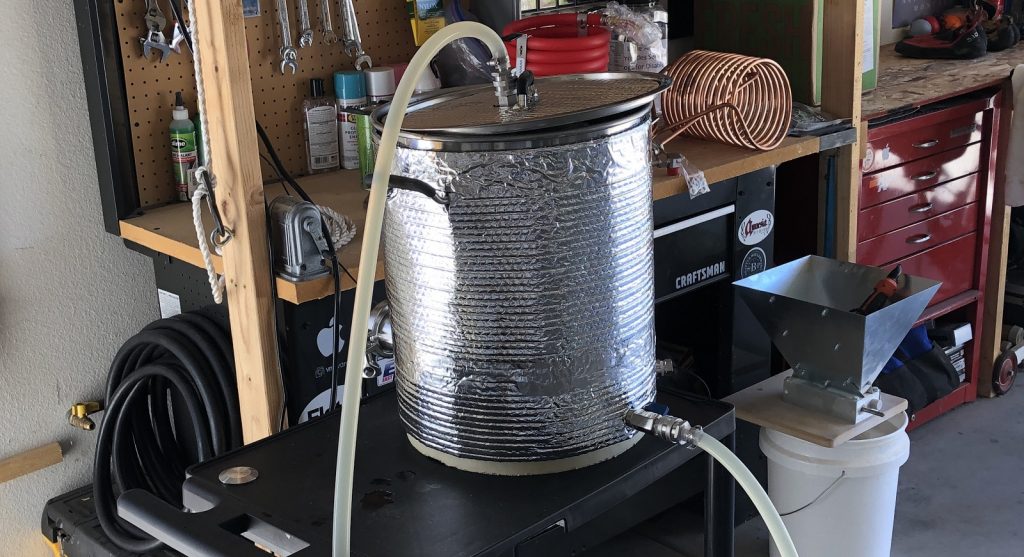
While the water was heating up, I weighed out and milled the grains.
Once the strike water was properly heated, I stirred in the grains and set the controller to maintain my desired mash temperature.
During the mash rest, I weighed out the kettle hop additions.
When the 60 minute mash rest was finished, I removed the grains from the sweet wort and set the controller the heat it up.
Following a 60 minute boil, the wort was chilled during transfer to a sanitized fermenter.
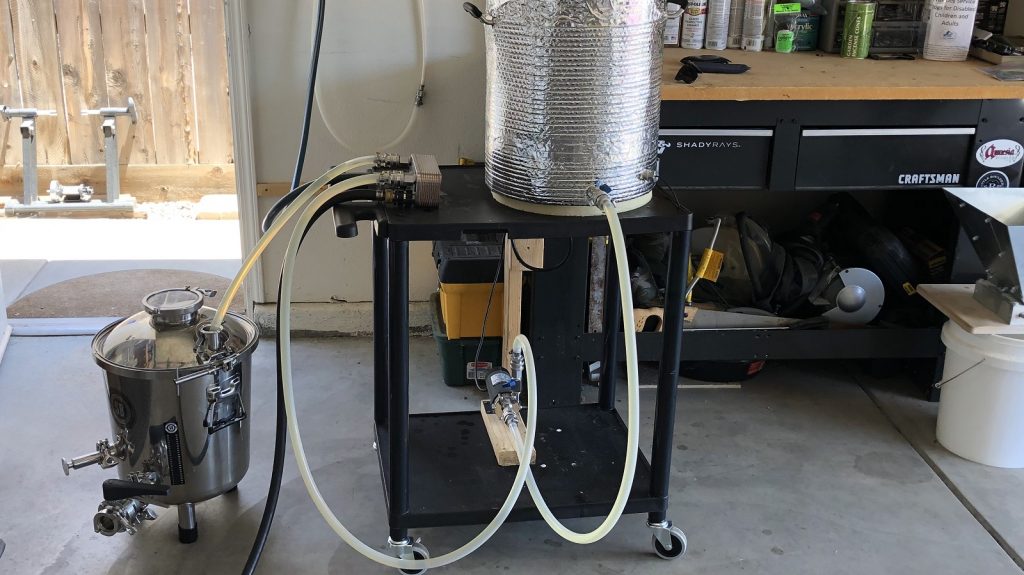
A refractometer reading indicated the wort hit my target OG.
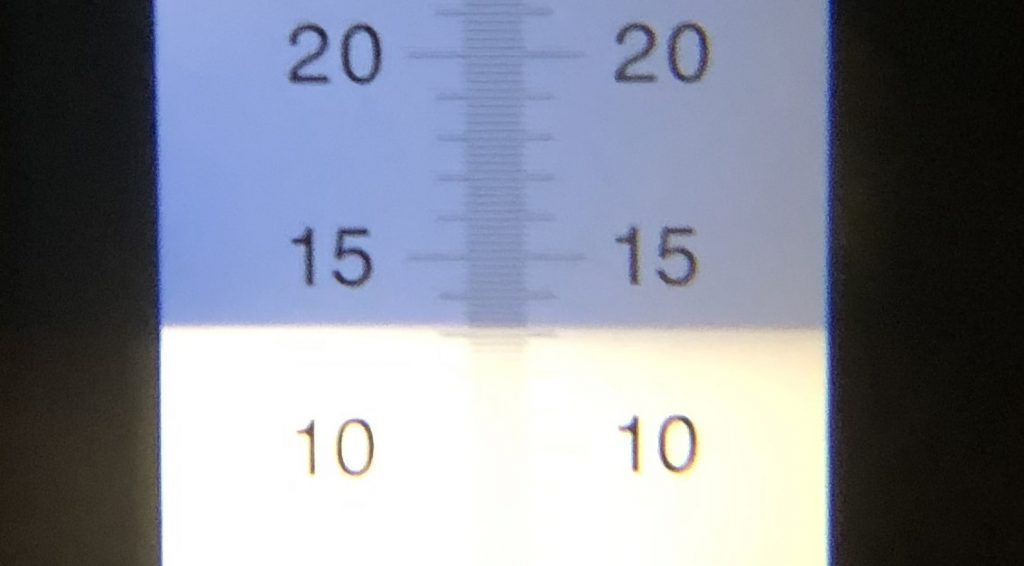
After a few hours in my temperature controlled chamber, I pitched a pouch of Imperial Yeast G03 Dieter directly into the wort.
The beer was left to fermet at 66°F/19°C for 11 before I took a hydrometer measurement confirming FG was reached.
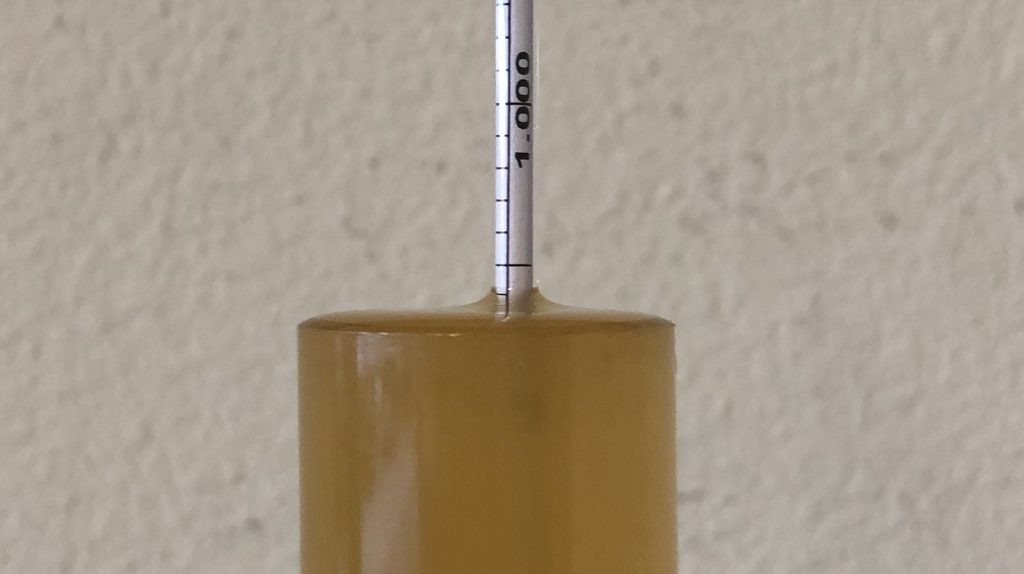
With fermentation complete, I pressure transferred the beer to a CO2 purged keg.
The filled keg was placed in my keezer and burst carbonated overnight before I reduced the gas to serving pressure. After a week of conditioning, I began serving it to blind tasters.
| METHOD |
Participants were instructed to focus only on the aromatic qualities of the beer before evaluating the flavor. For each aroma and flavor descriptor, tasters were asked to write-in the perceived strength of that particular characteristic on a 0-9 scale where a rating of 0 meant they did not perceive the character at all and a 9 rating meant the character was extremely strong. Once the data was collected, the average rating of each aroma and flavor descriptor was compiled and analyzed.
| RESULTS |
A total of 36 people participated in the evaluation of this beer, all blind to the hop variety used until after they completed the survey. The average aroma and flavor ratings for each descriptor were plotted on a radar graph.
Average Ratings of Aroma and Flavor Perceptions
The 3 characteristics endorsed as being most prominent by participants:
| Aroma | Flavor |
| Tropical | Tropical Fruit/Stone Fruit/Apple-Pear (tie) |
| Citrus | Citrus |
| Stone Fruit | Pine |
The 3 characteristics endorsed as being least prominent by participants:
| Aroma | Flavor |
| Onion/Garlic | Onion/Garlic |
| Dank/Catty | Berry |
| Earthy/Woody | Earthy/Woody |
When asked to rate the pungency/strength of the hop, most tasters perceived it as being mildly to moderately pungent.
Tasters were then instructed to identify beer styles they thought the hop would work well in.
Finally, participants were asked to rate how much they enjoyed the hop character on a 1 to 10 scale.
My Impressions: I perceived Strata’s hop character as being mild to moderate with the most prominent characteristic being juicy over-ripe fruit character, though I also picked up an interesting apple/pear note. I really enjoy the uniqueness of Strata and recently used it as a late addition in my house Rye IPA recipe, which turned out fantastic!
| CONCLUSION |
The term strata refers to multiple layers in a given substance, making it an apt moniker for a hop noted for its ability to impart various distinct characteristics. Interestingly, while existing descriptions of Strata hops seem to universally indicate it as contributing perceptible dank notes to beer, blind tasters of a Pale Ale hopped solely with this variety rated that characteristic rather low. Upon further research, I found that Indie Hops, who produce Strata, have said this variety is unique in its ability to impart cannabis-like dankness without the cat urine aroma often associated with this character, which may explain the low rating on “dank/catty.”
On the other hand, the relatively high tropical fruit, stone fruit, and citrus ratings for both aroma and flavor confirm the descriptors provided by Indie Hops. This is a good thing for those interested in super-fruity IPA, which happened to be the style most felt Strata would work best in. However, a decent number of tasters also thought the character from this hop would pair well with pale lager, which when used in moderation, I feel would turn out nicely as well.
With so many new hop varieties hitting the market these days, trying new ones can be fairly hit-or-miss. In the case of Strata, its unique layering of characteristics is what sets it apart from other modern varieties out there. While this may be an acquired taste for some, I like it quite a bit and look forward to using it more in the future.
Strata hops can be purchased at Yakima Valley Hops… when available! If you have any thoughts on this variety, please feel free to share them in the comments section below.
Support Brülosophy In Style!
All designs are available in various colors and sizes on Amazon!
Follow Brülosophy on:
FACEBOOK | TWITTER | INSTAGRAM
If you enjoy this stuff and feel compelled to support Brulosophy.com, please check out the Support page for details on how you can very easily do so. Thanks!

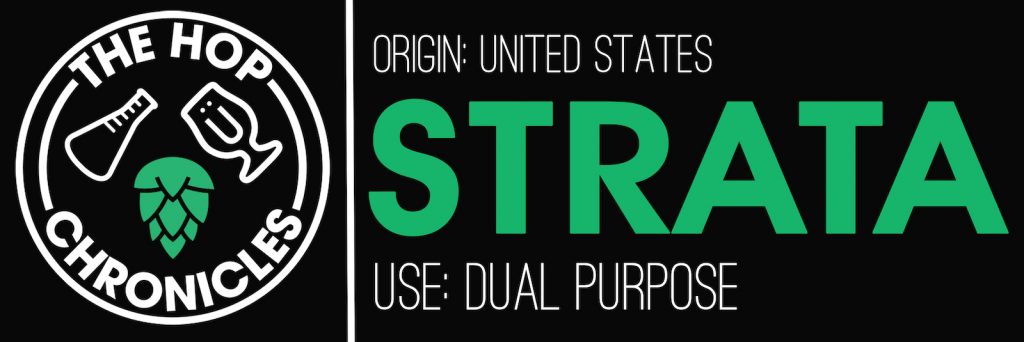

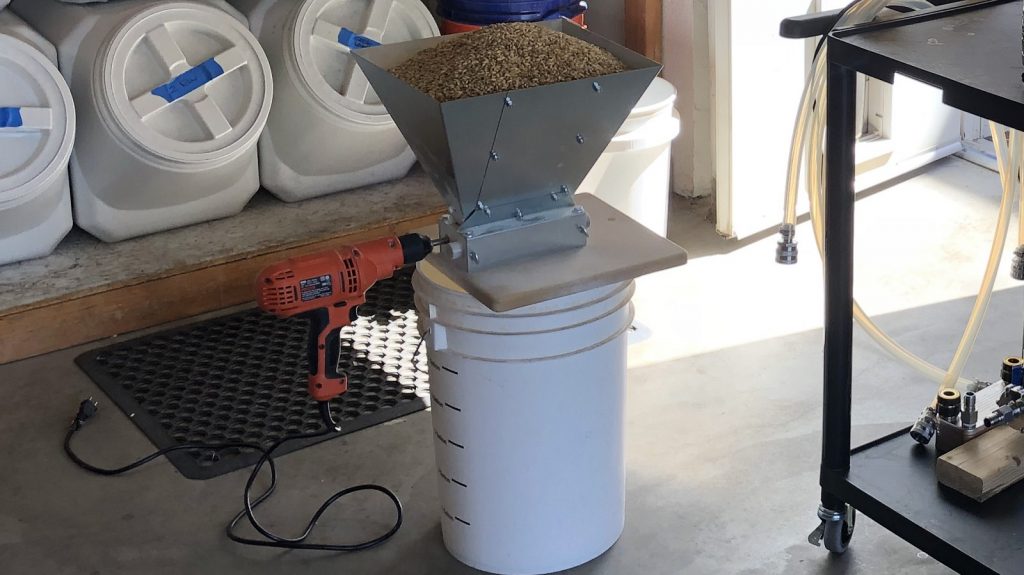
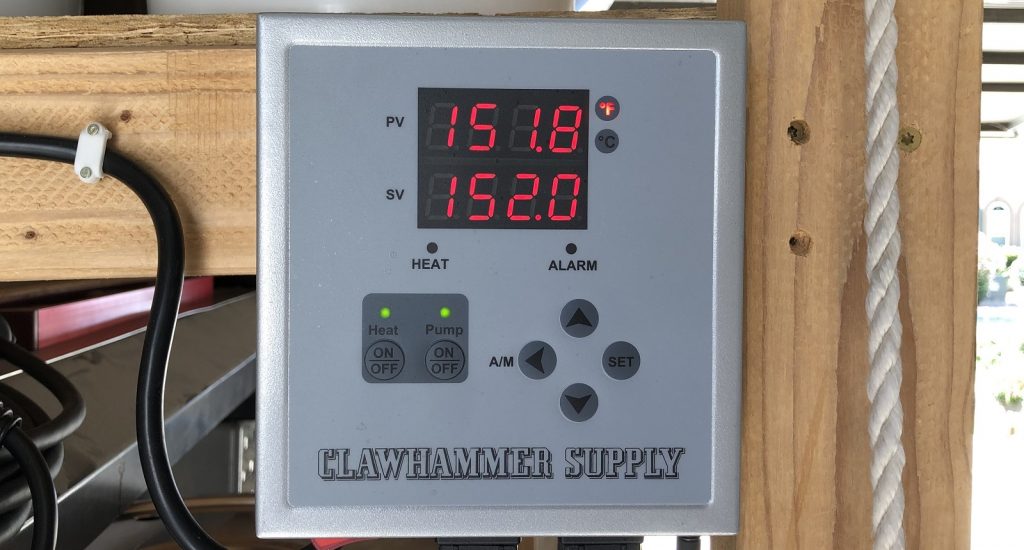
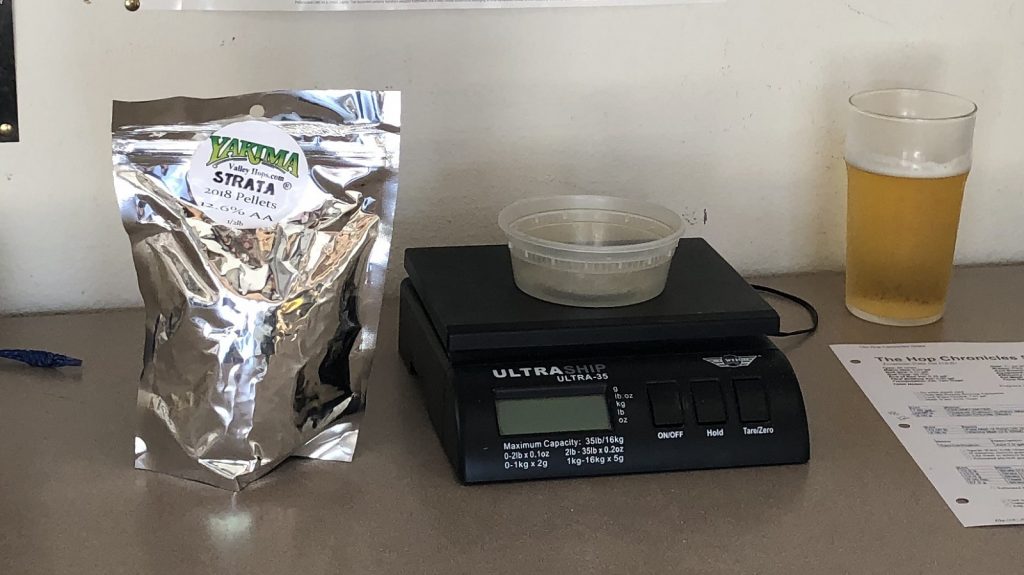
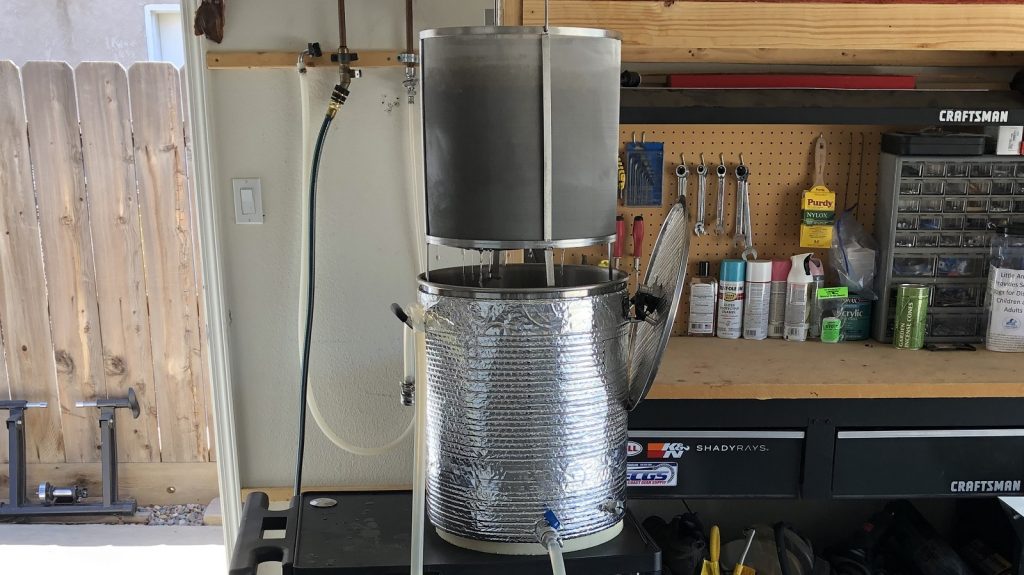
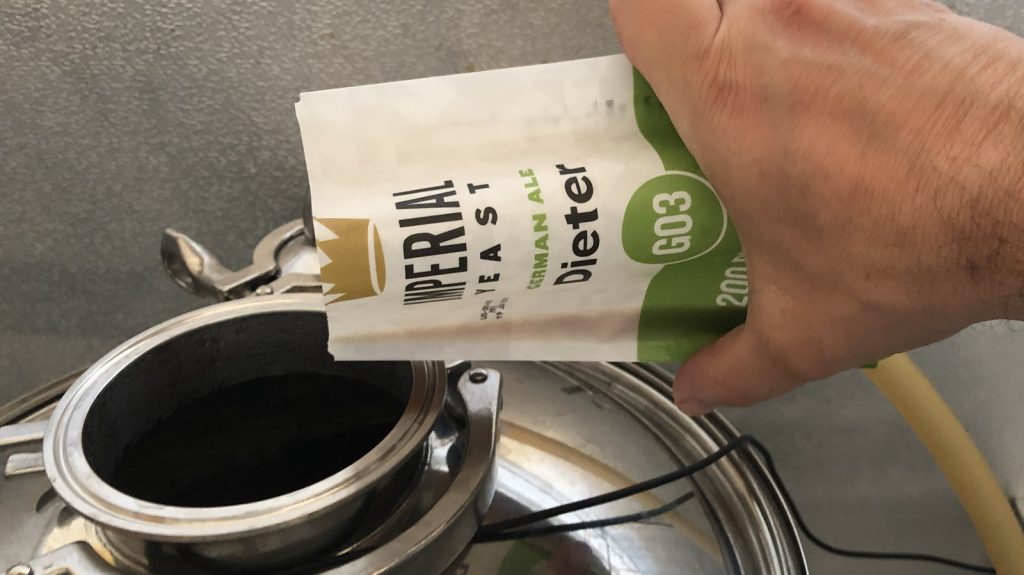
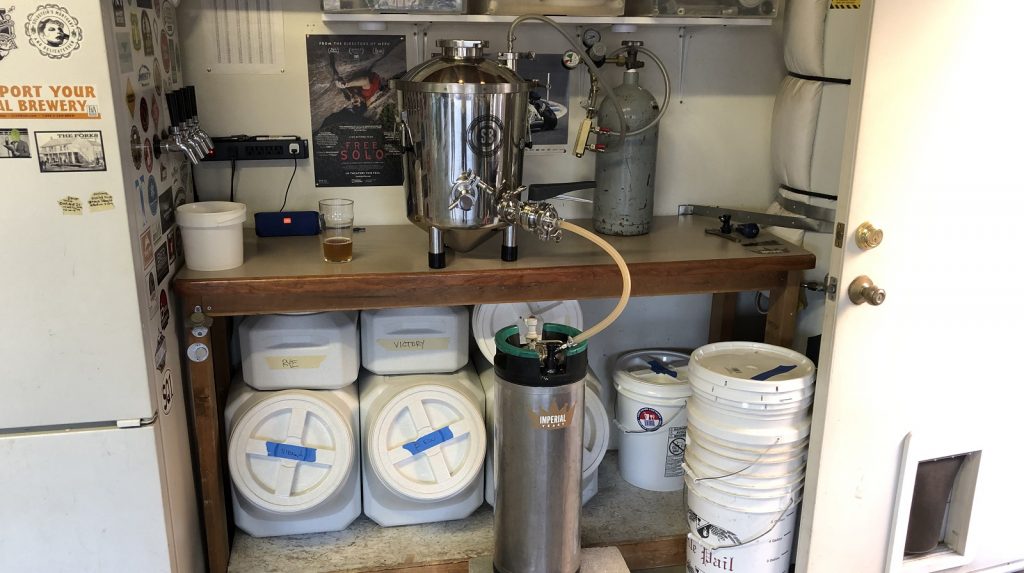
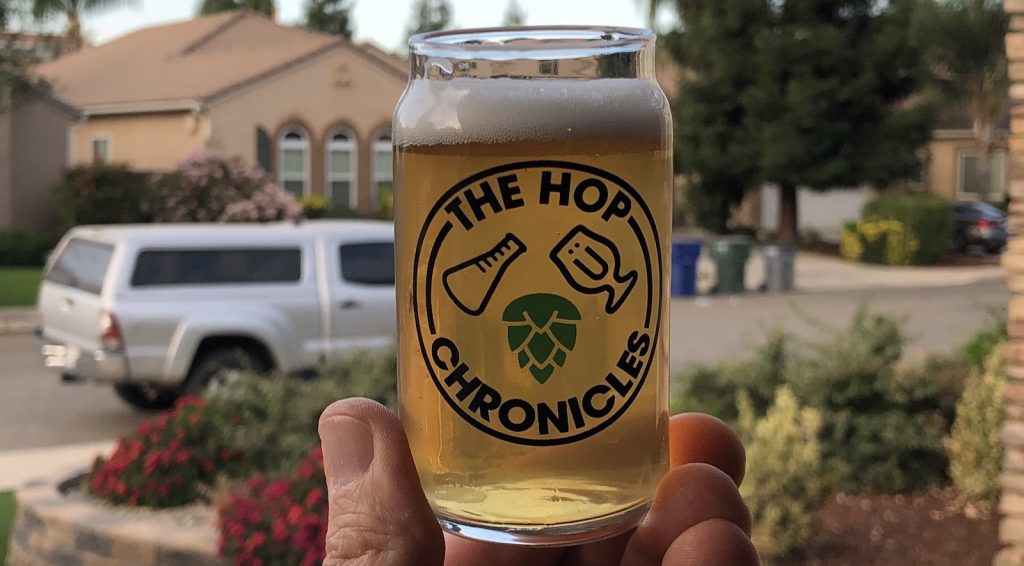
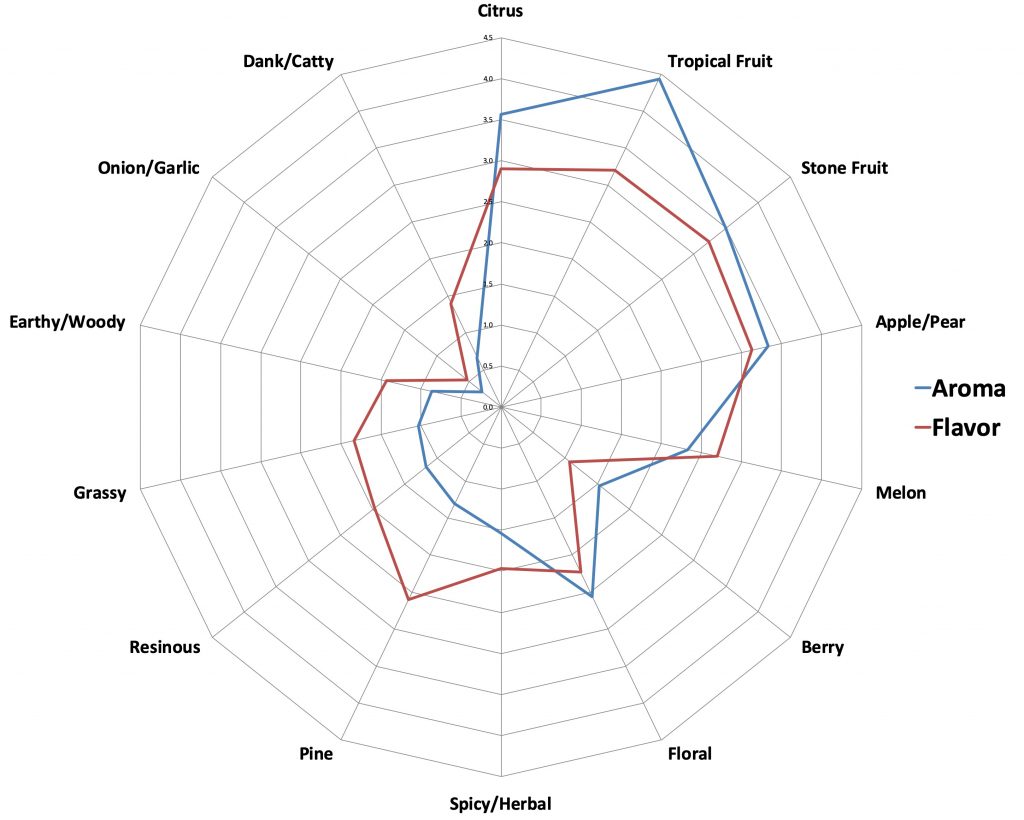
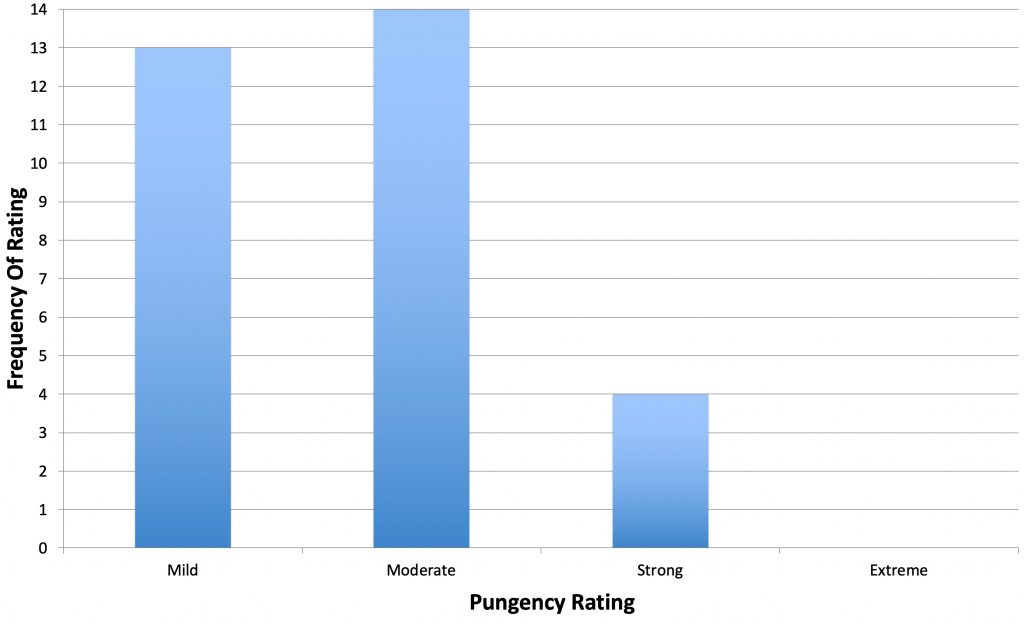
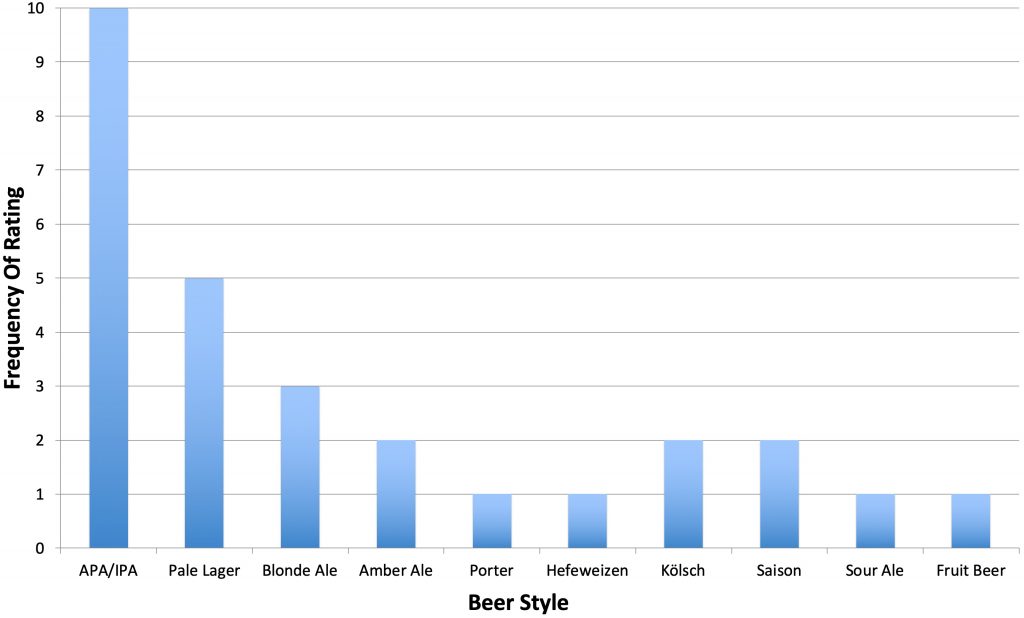
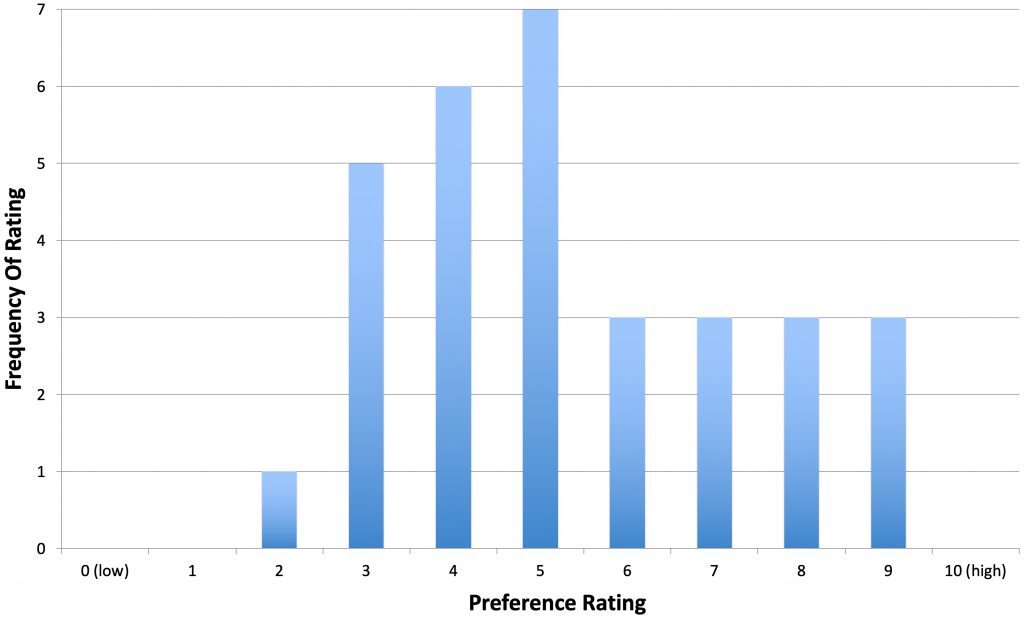











9 thoughts on “The Hop Chronicles | Strata (2018) Pale Ale”
Missing your graphs in the post,
Fixed.
Hey sounds like a good hop to me, will add to the list…. Wondering when in your process you did the dryhop addition?
I think for this one I was about 6 days into fermentation, which was basically when it was done. That was more a result of the time I had available vs when I wanted to. I generally dry hop for 3-4 days and I add the hops about 3-4 days into fermentation.
I had a strata single hop IPA and it was super danky, particularly as it warmed. Do you feel this hop will be different with different yeasts? I was expecting a lot more tropical flavor and aroma.
Where were you able to find Strata hops?
Fresh from the source!
You mentioned pale lager. Highland Park in Los Angeles does a Strata Pils that is mindblowingly good. Ive yet to have a hoppy beer made with Strata I didnt enjoy. Seek out GreenCheek beers to try as they have contracted Strata and are using it in both west coast and NEIPAs
Brewed this recently. Added 1.25 lbs flaked oats and fermented with White Labs Burlington Ale yeast. Alpha for my batch of Strata pellets was 15.5% but didn’t bother to adjust additions to reflect. Turned out really well. Lots of peach aroma and tropical fruit flavor. Little bit of dank nugs in the aftertaste. Love this hop.